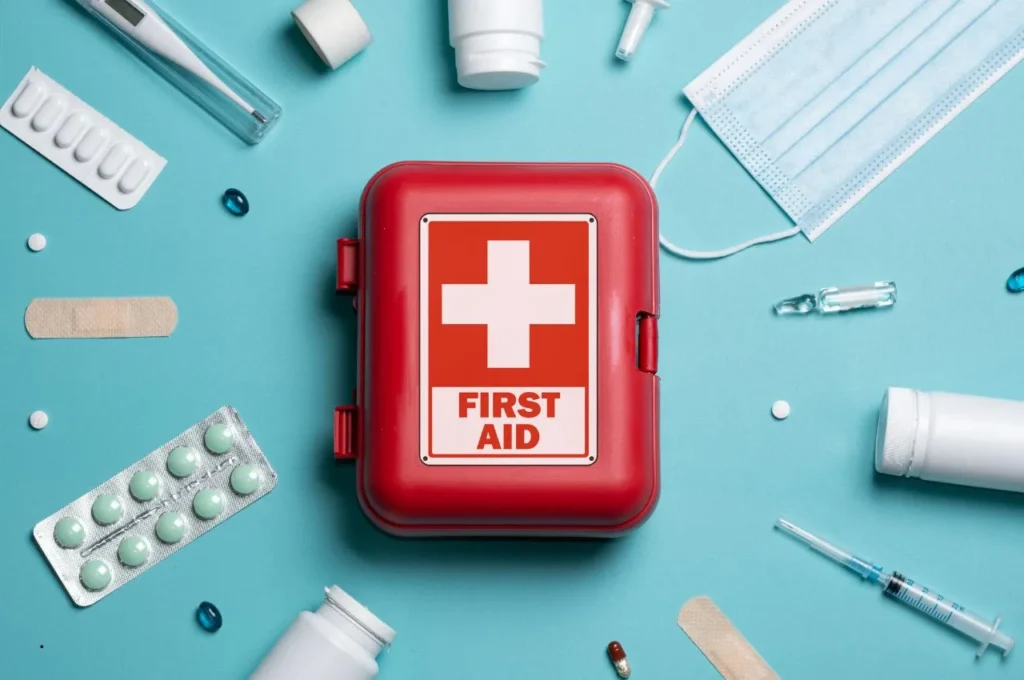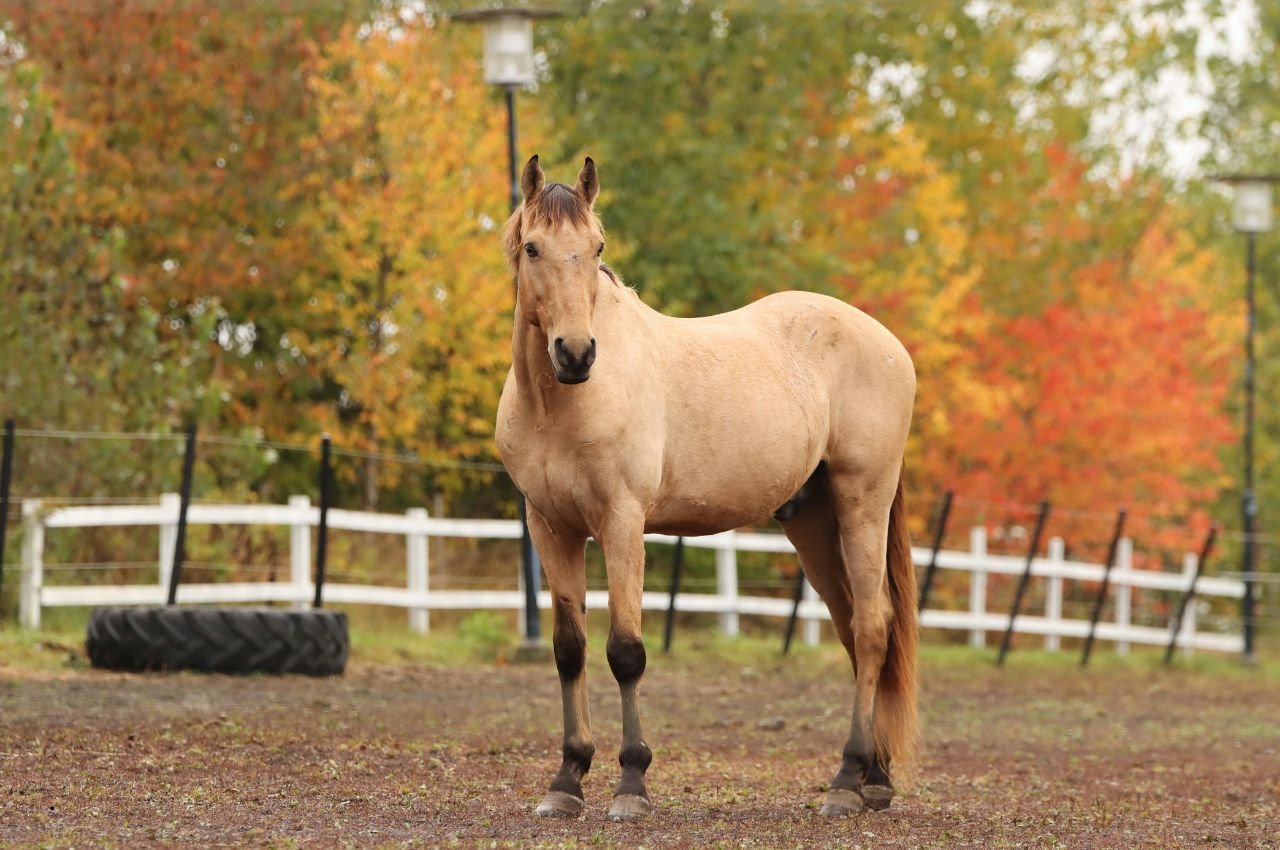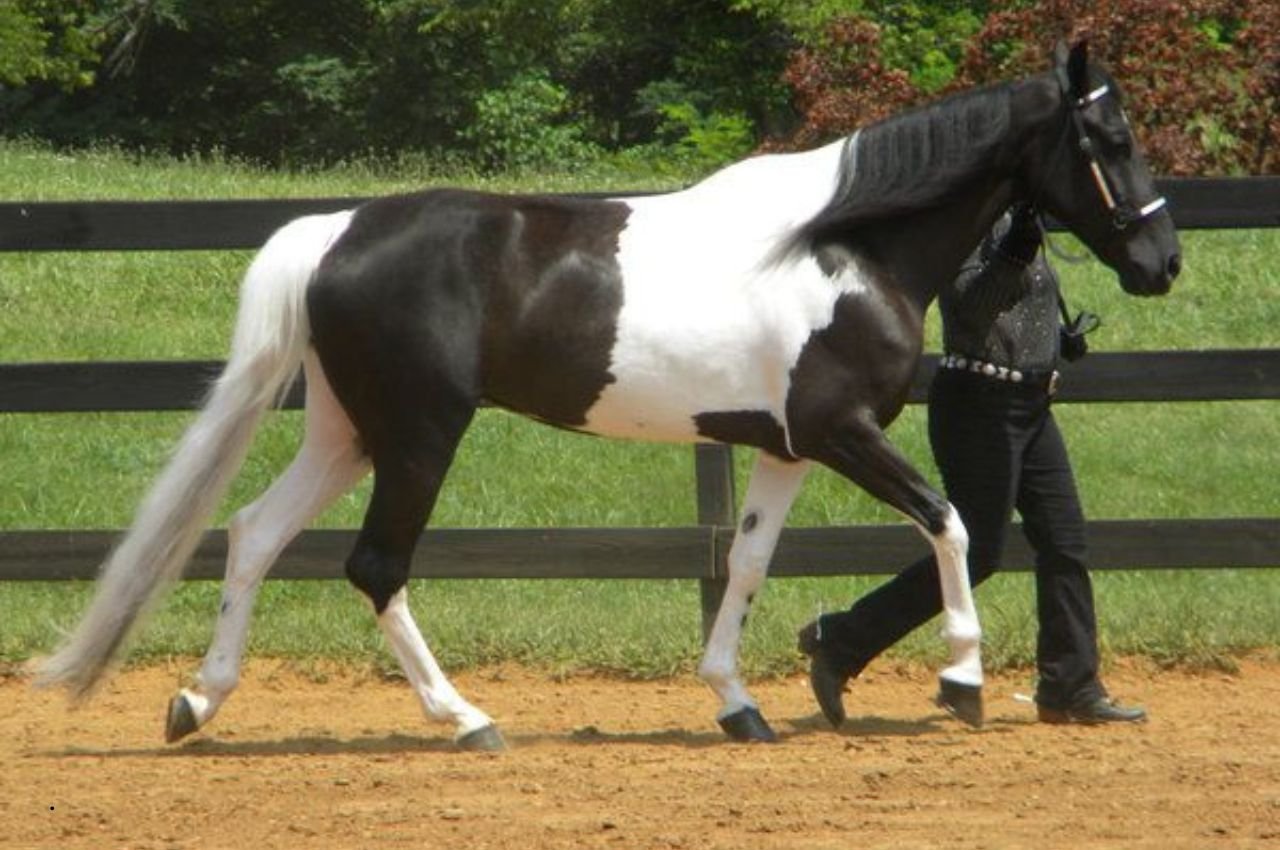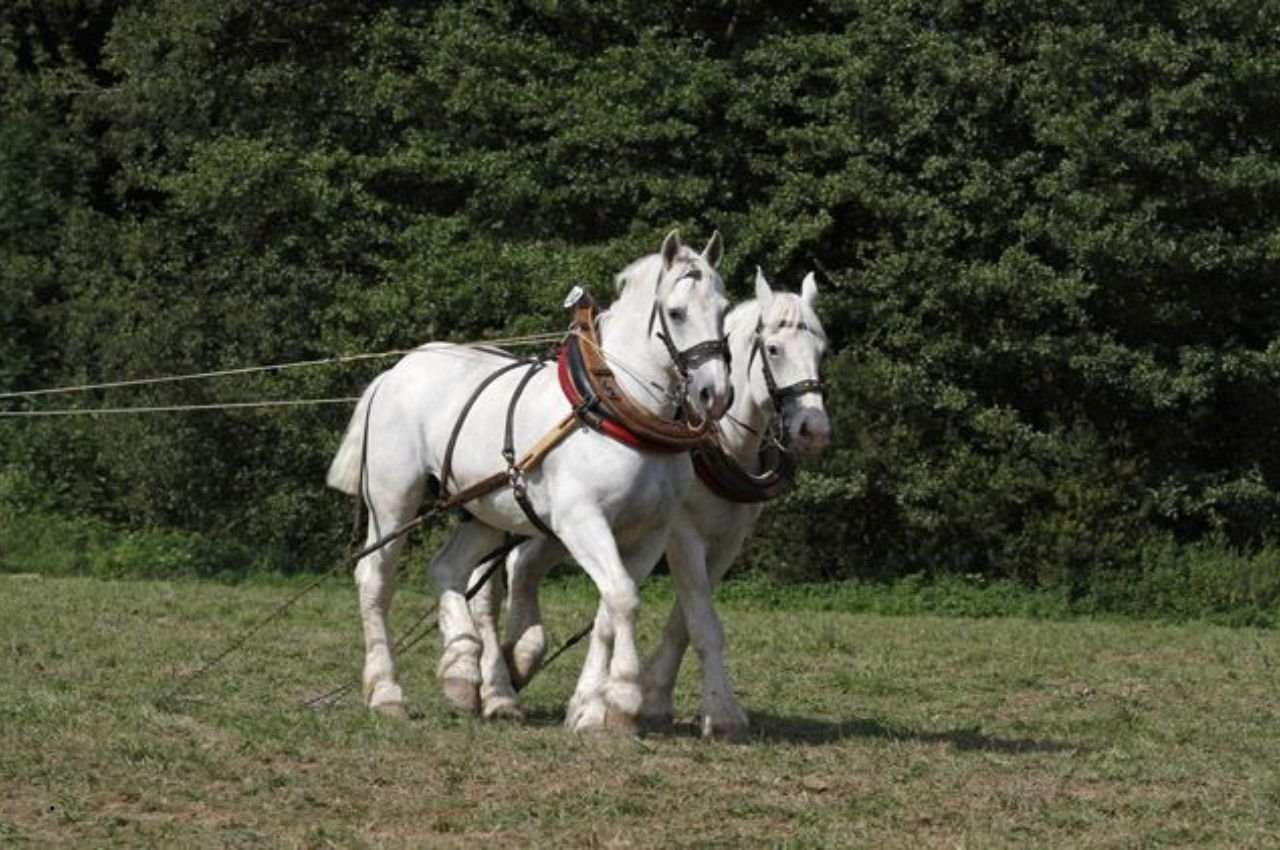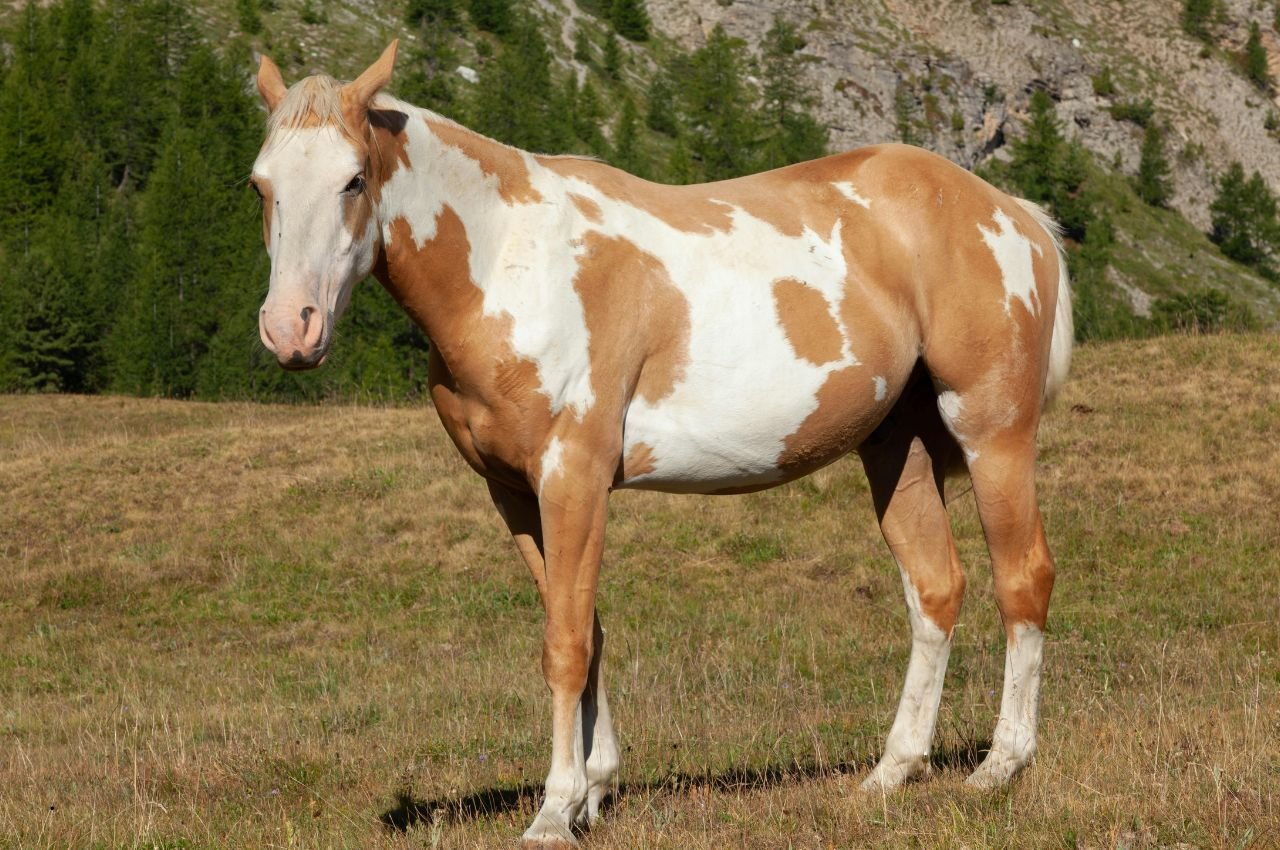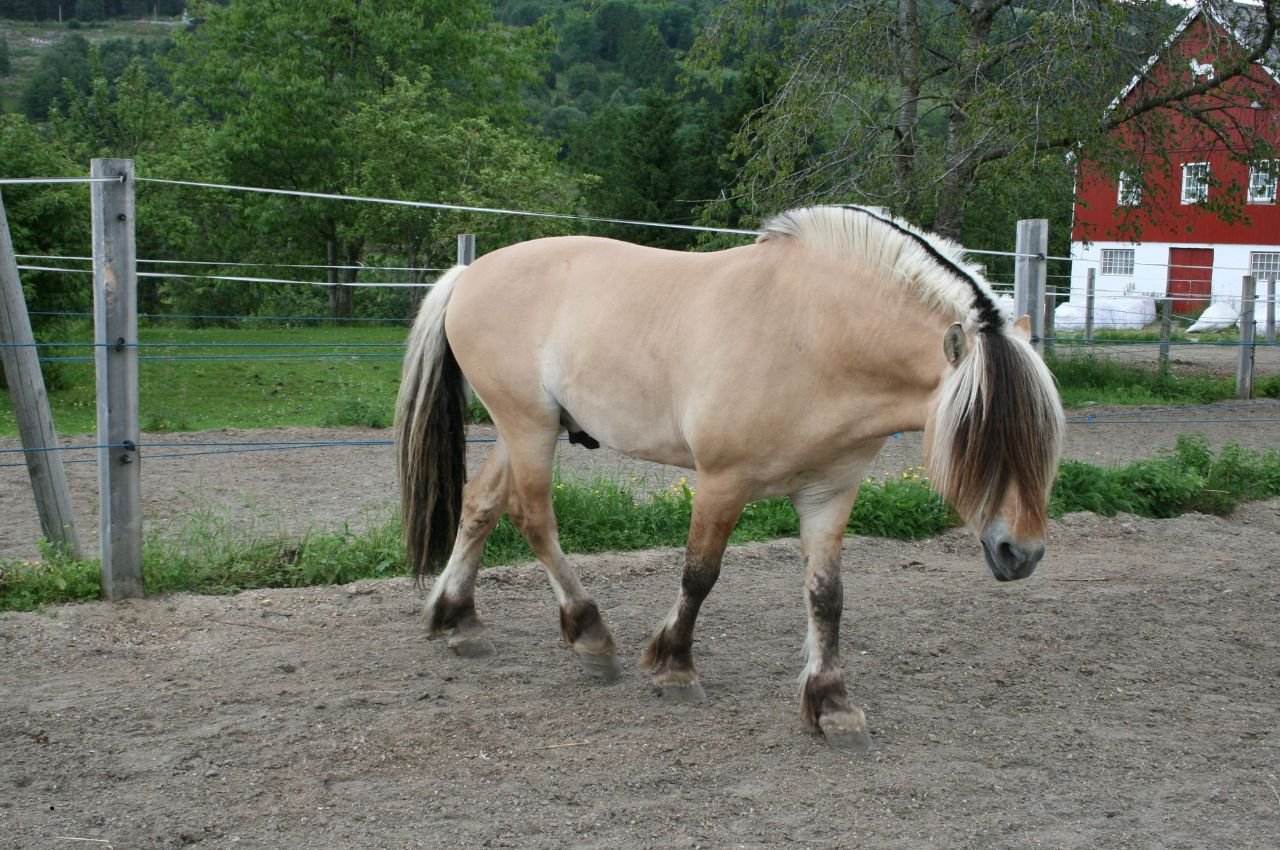When it comes to horses, accidents can happen unexpectedly. Whether they are grazing in the pasture, training in the ring, or enjoying a casual ride, the likelihood of an injury occurring is always present. Knowing how to properly respond to these injuries and understanding essential horse first aid is critical for the well-being of the horse, and can sometimes make the difference between life and death.
In this blog, we will discuss 10 essential horse first aid tips that every horse owner should know. These tips will provide you with the knowledge and confidence to handle any situation involving a potential injury to your equine companion.
Table of Contents
1. Stay Calm and Assess the Situation
The first step in any emergency situation, whether it involves a horse or any other animal, is to remain calm. Horses are highly sensitive creatures, and they can often pick up on the emotions of their handler. If you panic, the horse may become anxious and agitated, making it harder to assess the injury or administer first aid.
Begin by taking a deep breath and surveying the situation. Check the area for any immediate hazards such as other animals, sharp objects, or dangerous terrain. Once you’ve ensured your safety and that of others around you, turn your attention to the injured horse.
2. Know Basic Equine Anatomy
Understanding the basic anatomy of a horse is crucial for providing effective first aid. Horses are large, powerful animals, and their bodies are very different from those of humans and other pets.
Key areas to focus on for first aid include:
- Limbs: Horses can suffer from fractures, sprains, or cuts on their legs, which are often the most vulnerable part of their body.
- Head and Neck: Injuries to the head and neck can be serious, as they can affect the horse’s ability to breathe, eat, or drink.
- Hooves: Hoof injuries are common in horses and can range from bruises to abscesses to more severe conditions like laminitis.
Knowing where major arteries and veins lie, particularly in the neck and limbs, can help prevent further damage in case of severe bleeding.
3. Control Bleeding Immediately
If your horse sustains an injury that results in bleeding, your first priority should be to control the bleeding. Horses have large blood vessels, and excessive bleeding can lead to shock, a potentially life-threatening condition.
- Minor cuts or scrapes: If the injury is superficial, you can apply gentle pressure with a clean cloth or sterile gauze to stop the bleeding. You may want to bandage the wound to ensure that it stays clean and doesn’t reopen.
- Severe bleeding: For more significant wounds or cuts that are bleeding heavily, you may need to apply direct pressure and call a veterinarian immediately. If possible, elevate the injured limb to reduce blood flow to the area.
While it may seem counterintuitive, you should not remove any large objects that may be embedded in the wound unless they are obstructing vital functions like breathing.
4. Tend to Wounds Properly
If your horse has sustained a cut or abrasion, it’s important to treat it properly to avoid infection. Start by cleaning the wound with clean water or a saline solution to flush out debris and dirt.
- Avoid using harsh antiseptics like hydrogen peroxide, as these can irritate the wound and delay healing.
- Apply an antibacterial ointment or spray after cleaning the wound.
- If the injury is large or deep, you may need to call a veterinarian for further treatment.
Always ensure that the wound is bandaged securely to protect it from dirt and bacteria. Change the bandage regularly, especially if it becomes wet or dirty.
5. Apply Ice for Swelling
Swelling is common after any type of injury, but it can be managed by applying ice or cold therapy to the affected area. This helps to reduce inflammation, relieve pain, and prevent tissue damage.
You can apply a cold compress or ice pack wrapped in a towel to the injured area for 15-20 minutes at a time. Repeat this several times a day during the first 48 hours after the injury occurs.
Avoid applying ice directly to the skin, as it can cause frostbite. Always make sure there’s a barrier, like a towel, between the ice and the horse’s skin.
6. Know How to Handle Colic Emergencies
Colic is one of the most common and serious conditions affecting horses. It refers to any type of gastrointestinal discomfort or pain, and it can lead to severe complications or even death if not treated promptly.
Signs of colic in horses include:
- Restlessness
- Rolling or thrashing
- Sweating
- Reduced or absent bowel movements
- Refusal to eat or drink
If you suspect that your horse is suffering from colic, you should contact your vet immediately. In the meantime, keep the horse in a quiet, safe environment and avoid feeding them hay or grain until the vet arrives.
Never attempt to give your horse pain medication unless directed to do so by a veterinarian, as it can mask symptoms and delay treatment.
7. Prevent and Treat Hoof Injuries
Hoof injuries are common in horses, particularly if they are in high-stress environments or if they have not been properly trimmed or maintained. Horses with hoof abscesses, bruises, or punctures may experience lameness or visible signs of pain.
If you notice that your horse is limping or showing signs of discomfort in one of its hooves, carefully inspect the hoof for any debris, cuts, or foreign objects that may be causing the problem. Clean the hoof thoroughly with a hoof pick and remove any debris.
For more serious injuries like abscesses, it’s best to contact a veterinarian who can provide proper treatment, such as draining the abscess or applying a poultice.
8. Recognize Signs of Shock
Shock is a potentially life-threatening condition that can result from severe injury, blood loss, or dehydration. Horses in shock may show several signs, including:
- Weak pulse or rapid heart rate
- Pale or blue-tinged gums
- Rapid breathing
- Cold limbs
- Weakness or lethargy
If your horse is showing signs of shock, you should immediately contact a veterinarian. While waiting for help, try to keep your horse warm and calm. Offer them fresh water if they’re able to drink, and avoid moving them unnecessarily.
9. Use a First Aid Kit for Horses
A well-stocked first aid kit is an essential part of any horse owner’s emergency preparedness. Make sure that your kit includes the following items:
- Sterile gauze and bandages
- Antiseptic solution (preferably iodine-based)
- Cold compresses or ice packs
- Hoof pick and rasp
- Thermometer
- Pain relievers (only those approved by a veterinarian)
- Bandage scissors and tweezers
- Vet wrap and elasticon tape
Regularly check your first aid kit to ensure that all supplies are present and that items such as bandages, gauze, and ointments are not expired.
10. Call Your Veterinarian When Necessary
While you can manage some minor injuries and ailments on your own, it’s important to know when to call in professional help. Always contact your veterinarian if:
- The injury appears severe or life-threatening
- The horse is in extreme pain or distress
- There’s excessive bleeding
- The injury involves the joints or bones
- The injury shows no signs of improving after a few hours
It’s always better to err on the side of caution and seek veterinary advice when you’re unsure of the seriousness of the injury.
Conclusion
Horse first aid is an essential skill for every horse owner. Understanding how to properly handle injuries and emergencies will not only ensure your horse’s safety but also strengthen the bond between you and your equine companion. By remaining calm, knowing the basics of horse anatomy, and being prepared with the proper equipment, you can provide effective care when accidents happen. Always remember, when in doubt, don’t hesitate to call a professional. Your horse’s health and safety should always be the top priority.
FAQs
What should I do if my horse is bleeding heavily?
If your horse is bleeding heavily, apply direct pressure to the wound with a clean cloth or sterile gauze to control the bleeding. If the bleeding doesn’t stop or is severe, call a veterinarian immediately.
How do I treat a minor cut on my horse?
Clean the wound with clean water or saline solution, apply an antibacterial ointment, and bandage the injury to protect it from dirt and bacteria. Change the bandage regularly and keep an eye out for any signs of infection.
How can I reduce swelling in my horse’s injured limb?
Apply an ice pack or cold compress wrapped in a towel to the injured area for 15-20 minutes at a time. Repeat this several times a day during the first 48 hours to reduce swelling and inflammation.
What is colic in horses, and how should I handle it?
Colic refers to abdominal pain and discomfort in horses, which can be serious. Symptoms include restlessness, rolling, sweating, and loss of appetite. If you suspect colic, contact a veterinarian immediately and avoid feeding your horse until they arrive.
Why is it important to have a first aid kit for my horse?
A first aid kit ensures you’re prepared to handle injuries and emergencies immediately. It should include items like sterile gauze, antiseptic solutions, bandages, a hoof pick, and more.
When should I call a veterinarian for my horse’s injury?
Call a veterinarian if the injury is severe, bleeding heavily, involves the joints or bones, or if your horse is in extreme pain. It’s always better to seek professional help when in doubt.

